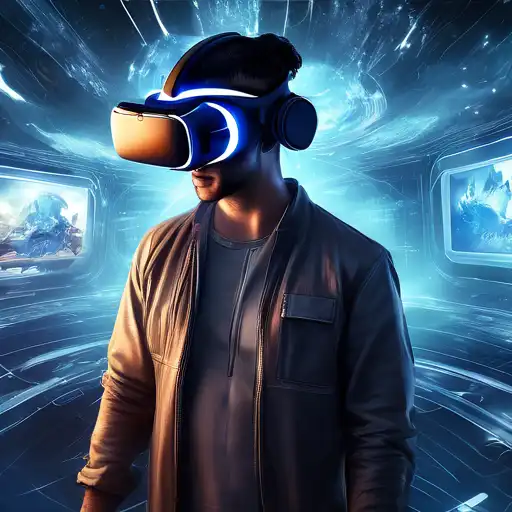Introduction to Virtual Reality
Virtual Reality (VR) has transformed the way we interact with digital content, offering an immersive experience that goes beyond traditional screen-based interactions. This technology has found applications in various fields, including gaming, education, and healthcare, providing users with a new dimension of experience.
The Evolution of Virtual Reality
From its inception in the mid-20th century to the present day, VR technology has undergone significant evolution. Early versions were bulky and expensive, but today's VR systems are more accessible and user-friendly, thanks to advancements in technology and reductions in cost.
Applications of Virtual Reality
VR is not just for entertainment. Its applications span across multiple industries:
- Gaming: Offers players an immersive gaming experience, making them feel like they're inside the game.
- Education: Provides interactive learning environments, enhancing the way students learn complex subjects.
- Healthcare: Used for surgical training, patient rehabilitation, and therapy, offering a safe and controlled environment.
- Real Estate: Allows potential buyers to tour properties virtually, saving time and resources.
Benefits of Virtual Reality
VR offers numerous benefits, including enhanced learning experiences, improved customer engagement, and the ability to simulate real-world scenarios without the associated risks or costs. It also opens up new possibilities for remote collaboration and training.
Challenges and Future Directions
Despite its potential, VR faces challenges such as high costs, the need for specialized equipment, and concerns over user safety and privacy. However, ongoing research and development are addressing these issues, paving the way for more widespread adoption.
The future of VR is bright, with advancements in technology expected to make it more immersive, accessible, and integrated into our daily lives. As we continue to explore the possibilities of virtual reality, we can expect to see even more innovative applications that will further enhance our digital experiences.
Conclusion
Virtual reality represents a significant leap forward in how we interact with technology, offering a new dimension of experience that is immersive, interactive, and incredibly versatile. As VR technology continues to evolve, it will undoubtedly play a pivotal role in shaping the future of digital interaction across various sectors.
